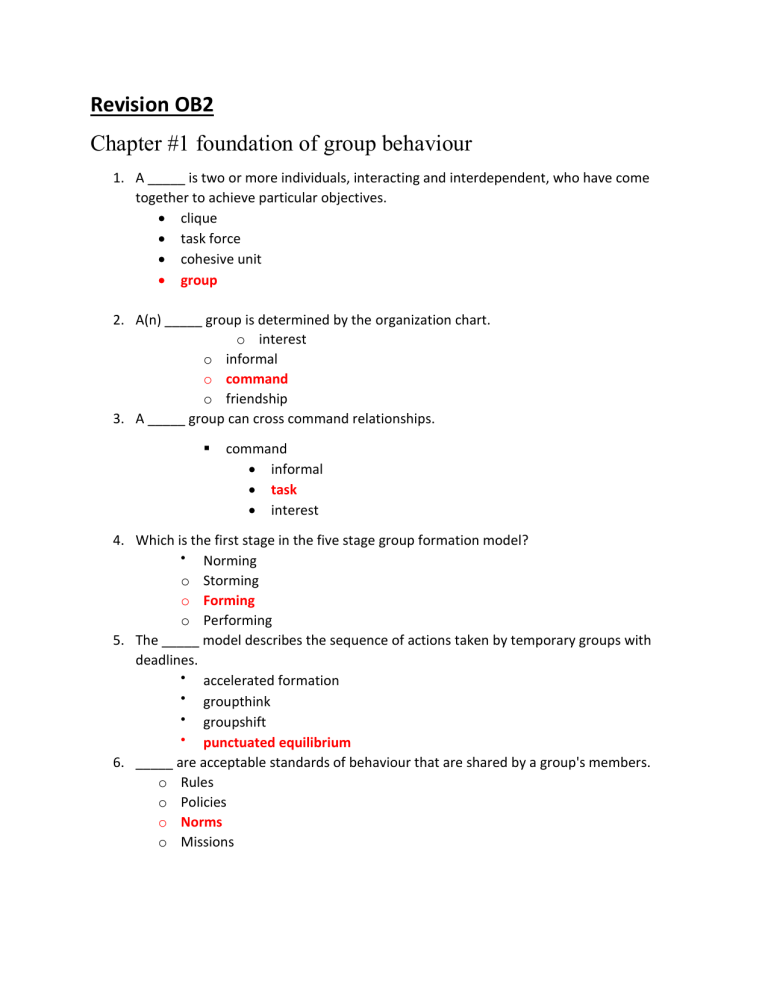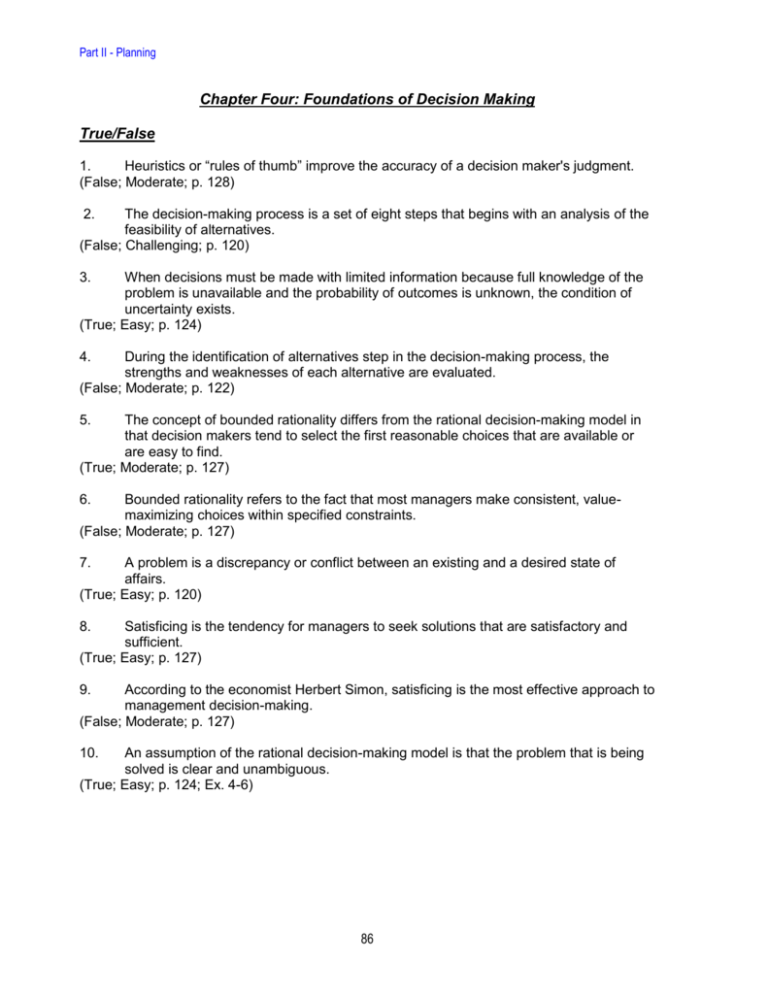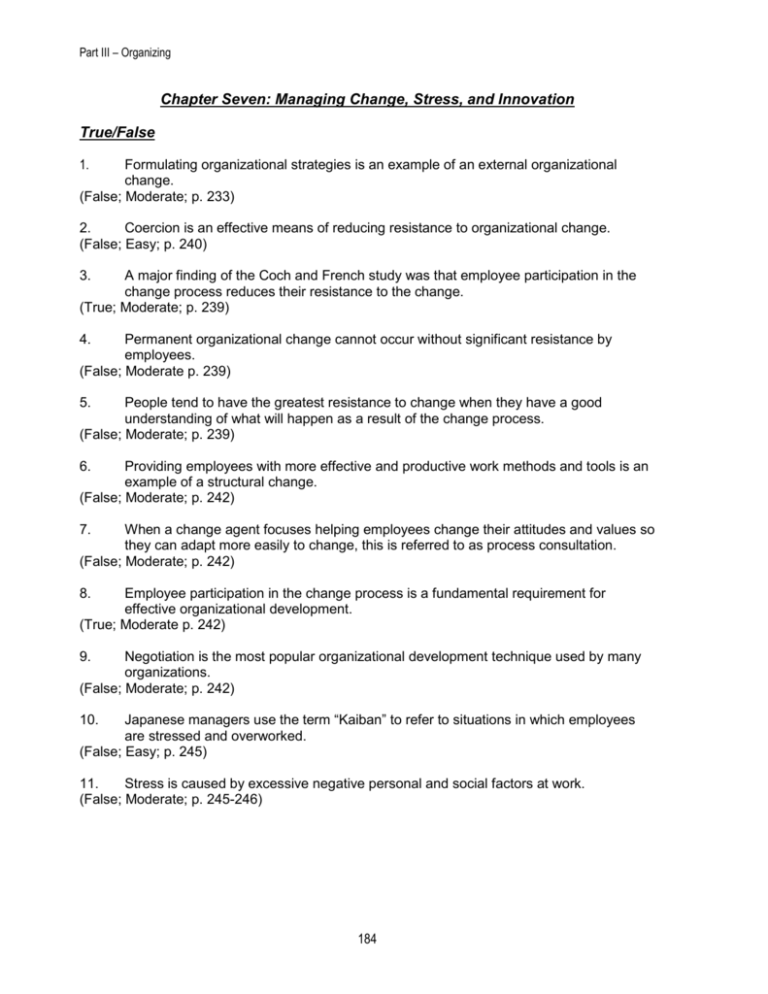___ groups tend to be more cohesive than ___ groups.
Social loafing increases as groups become larger. The more similar group members are in terms of age sex education skills attitudes values and beliefs the more likely the group will bond.

Terminology Test Psychology Introduction Of Work Group Terminology Test Name Surname Hugo Studocu
The level of competition seems to influence cohesion.

. Smaller groups tend to have higher levels of cohesion. Social relations task relations perceived unity and emotions. ____ groups tend to be more cohesive than _____ groups.
Large groups tend to be more cohesive than small groups. Groups with highly unified subgroups tend to be more cohesive than groups without subgroups. Individuals in groups with high cohesiveness tend to work more to help the organization of which the group is a part.
The longer a group stays together the more cohesive it becomes. The longer a group stays together the more cohesive it becomes. Smaller groups tend to have higher levels of cohesion.
Stratified groups tend to be more cohesive than groups with extended and. Too much cohesion can also be a concern for groups. This is as opposed to a.
The longer a group stays together the more cohesive it becomes. Collective efficacy is not just optimism but members shared beliefs that the group is capable of effectively enacting the activities necessary for successful performance. Groups that are similar stable small supportive and satisfied tend to be more cohesive than groups that are not.
Group cohesiveness also called group cohesion and social cohesion arises when bonds link members of a social group to one another and to the group as a whole. If the group is in agreement about. The more similar group members are in terms of age sex education skills attitudes values and beliefs the more likely the group will bond.
Highly cohesive groups tend to be more or less productive than less cohesive from RSM 260 at University of Toronto. When group members receive coaching and are encouraged. Smaller groups tend to be more cohesive than larger groups.
Groups tend to be more cohesive when. This problem has been solved. 59 groups tend to be more cohesive than closed groups.
The more cohesive a group the less likely members are to follow group norms. Group members of highly cohesive groups tend to have more positive feelings. High-status groups tend to be less cohesive than other informal work groups.
The more success a group experiences the more. It means that theres a high degree of interaction and communication which helps the members remain united. Cohesiveness defines the degree of closeness that the members feel with the groups.
In this post I want to focus on one argument in favor of allowing students to select their own groups. Cohesion can help support group performance if the group values task completion. Cohesiveness refers to the extent of unity in the group and is reflected in members conformity to the.
Small groups tend to be more cohesive than large groups for the following reasons. Therefore the best performance occurs when cohesion is high and the group norm of productivity is also high. Members of cohesive groups are more satisfied with membership but they are more likely to leave the group.
When group members receive coaching and are encouraged. Cohesive groups can avoid the conflict stage of group development. The status of the group is high.
But with large groups the possibility of interacting decreases. Certain types of group structures are associated with higher levels of cohesiveness. Competition Success and Cohesiveness Member Diversity Groups that are diverse in terms of gender age and race can have a harder time becoming cohesive than more homogeneous groups.
Cohesive groups tend to be less structured in comparison to non-cohesive groups. Participants overt and covery are all types of ____ techniques. The more similar group members are in terms of age sex education skills attitudes values and beliefs the more likely the group will bond.
Certain types of group structures are associated with higher levels of cohesiveness. Size of the Group. 2 Medium Learning Objective.
Cohesive groups invariably outperform noncohesive groups. As a group member when you assume there is more support for a position then there really is it is reffered to as. Members of strongly cohesive groups are more.
Although cohesion is a multi-faceted process it can be broken down into four main components. In small groups the members enjoy greater face-to-face contact. There is one group leader who guides other members.
It is understood as the extent of liking each member has towards others in the group and how far everyone wants to remain as a member of the group. Success Groups become more cohesive when they successfully accomplish some important goal. Cohesive groups tend to be less structured in comparison to non-cohesive groups.
When collective efficacy is high groups tend. F Group rituals such as marching together increase team work but lower overall group cohesion. Which of the following is true of group cohesiveness.
Open groups tend to be more cohesive than closed groups. Groups with highly unified subgroups tend to be more cohesive than groups without subgroups. Cohesiveness will decrease after failure.
The more cohesive the group the more influence it has on its members. F The core stages of Tuckmans model of group development are in order forming storming norming performing and. Norms are determined by the supervisor.
Self-selected student groups tend to be more cohesive than other kinds of groups. Smaller groups tend to have higher levels of cohesion. Group cohesion refers to the extent to which individual group members feel strong connections with the group and share a unity of purpose and if we set aside.

Week 3 Group Dynamics Docx Week 3 Question 1 0 Out Of 1 Points For A Group To Have High Collective Efficacy Selected Answer Members Must Work Well Course Hero

Which Is Not A Currently Accepted Component Of A Multilevel Conception Of Course Hero

Forsyth Group Dynamics 6e Imtb Ch05 5 Cohesion And Development Groups Like All Living Things Studocu
Group Dynamics Midterm Flashcards Quizlet

A Group That Is Very Optimistic Enthusiastic Excited And Confident Likely Has Course Hero

A Group That Is Very Optimistic Enthusiastic Excited And Confident Likely Has Course Hero
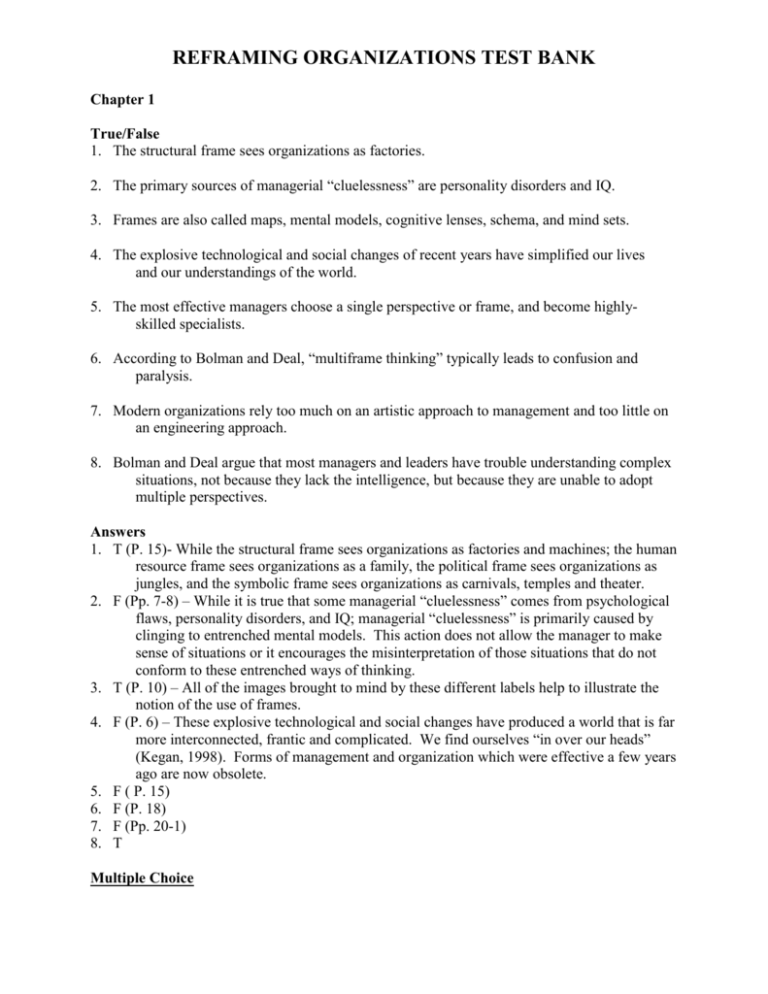
Part One Making Sense Of Organizations Chapter 1 2 P

Test Bank For Group Dynamics 6th Edition By Forsyth By Saraamy Issuu
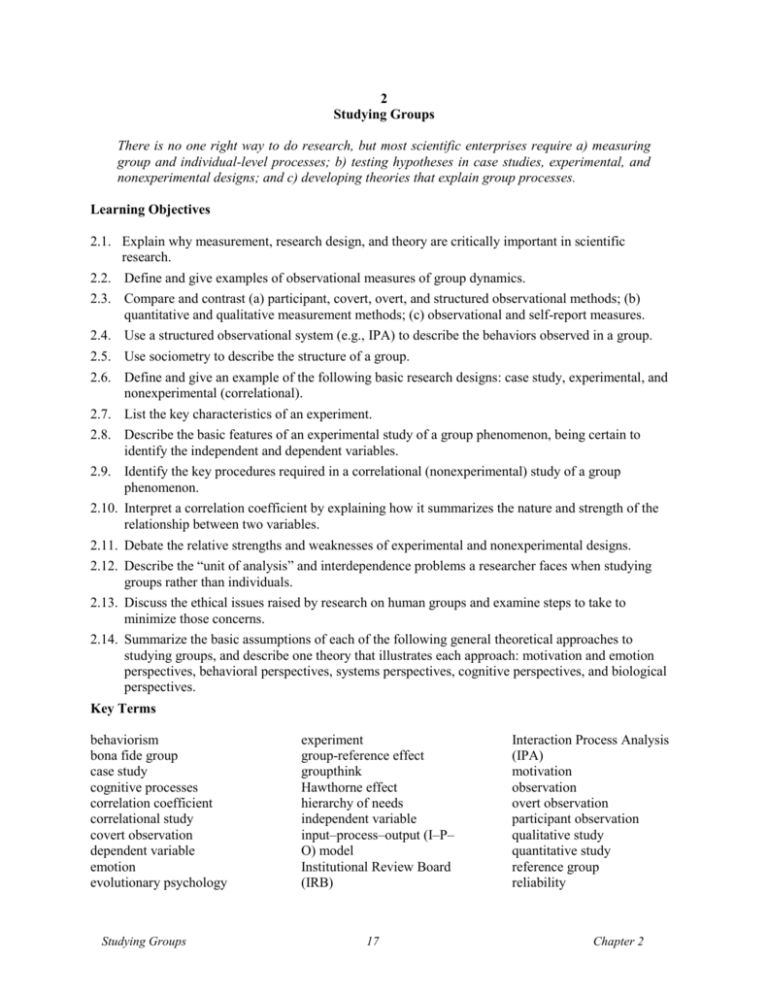
2 Studying Groups Find The Cheapest Test Bank For Your Text Book

Group Dynamics 7th Edition Forsyth Test Bank By Alibabadownloadh Issuu

A Group That Is Very Optimistic Enthusiastic Excited And Confident Likely Has Course Hero

Group Dynamics 7th Edition Forsyth Test Bank By Alibabadownloadh Issuu

A Group That Is Very Optimistic Enthusiastic Excited And Confident Likely Has Course Hero

Group Cohesiveness Definition Factors Importance Consequences Video Lesson Transcript Study Com

Forsyth Group Dynamics 6e Imtb Ch05 5 Cohesion And Development Groups Like All Living Things Studocu

A Group That Is Very Optimistic Enthusiastic Excited And Confident Likely Has Course Hero
